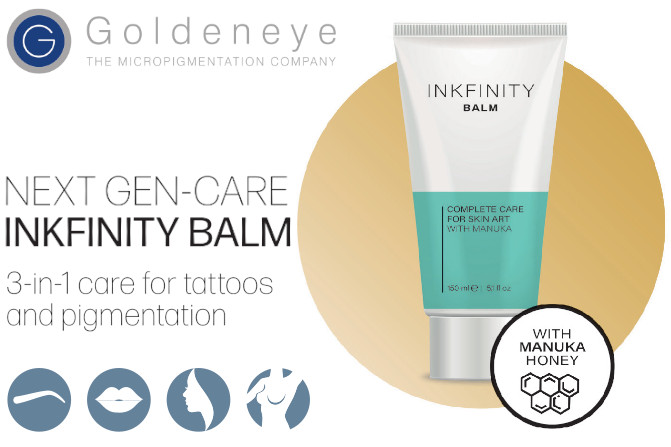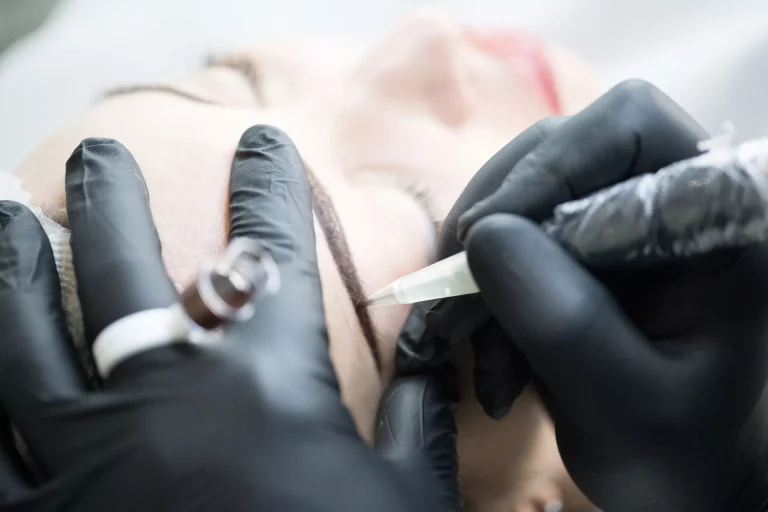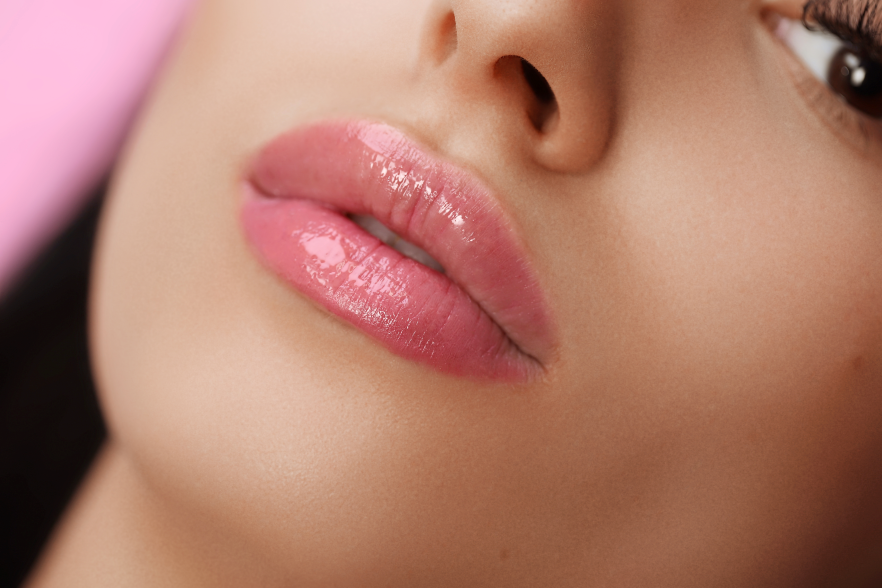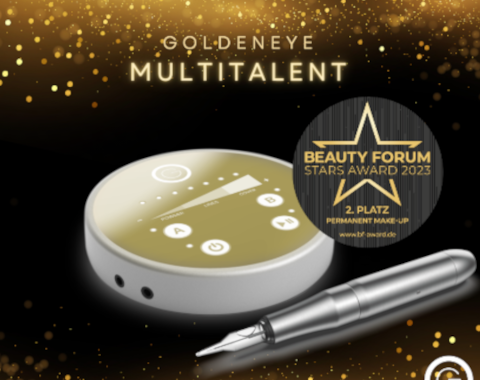How to Prepare for Eyebrow, Lip, and Eyelid Micropigmentation: Pre-Procedure Tips
“How should I prepare for micropigmentation of eyebrows, lips, or eyelids?” — this is one of the most common questions clients ask before their first session. Proper preparation not only enhances the procedure’s effectiveness but also affects the final result and healing process. Regardless of the area being pigmented, it’s important to understand how to care for your skin beforehand and what to avoid. In this article, we’ll explain what you should and shouldn’t do before your micropigmentation session.
3–5 days before the procedure, it’s a good idea to adjust your skincare routine. Avoid aggressive peels, scrubs, acid-based serums, and retinoids in the treatment area. This is especially important for lip and eyelid micropigmentation, as the skin in these areas is delicate and sensitive. For eyebrows, skip tinting or shaping — your technician will take care of that during the session.
24–48 hours before your appointment, it’s important to eliminate factors that can affect skin sensitivity and blood clotting. Avoid alcohol, coffee, energy drinks, and blood-thinning medications. This is particularly relevant for eyelid micropigmentation, where the skin tends to swell. Also avoid tanning beds or excessive sun exposure — tanned skin absorbs pigment less effectively.
Before lip micropigmentation, pay special attention to herpes prevention. If you are prone to cold sores, it’s advisable to begin taking antiviral medication 2–3 days in advance (consult your doctor). Gentle lip scrubs and moisturizing balms can also help your technician apply pigment more evenly.
On the day of the procedure, your skin should be clean and dry, without makeup or skincare products. Wear comfortable clothing and eat beforehand to feel relaxed. Preparing for micropigmentation isn’t difficult, but it’s essential to ensure a smooth, long-lasting, and safe result. Following these simple tips will help you get the best possible outcome and a beautiful, lasting effect.
A good practice is to attend a consultation 5–7 days before your appointment. During this visit, the technician will provide personalized recommendations, assess your skin, and perform a mandatory allergy test with the pigment. Of course, if you attend the consultation, you won’t need to guess — the professional will guide you.
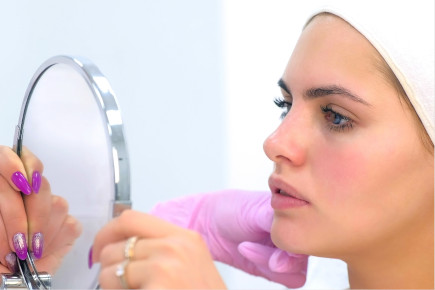
Still, knowing the basics is helpful for two reasons: it makes you an informed participant who can understand and discuss recommendations, and in case something is overlooked, you’ll be able to ask questions or clarify important details. And if you choose to skip the consultation altogether, then following all the above advice becomes even more essential — your comfort and your results depend on it.

